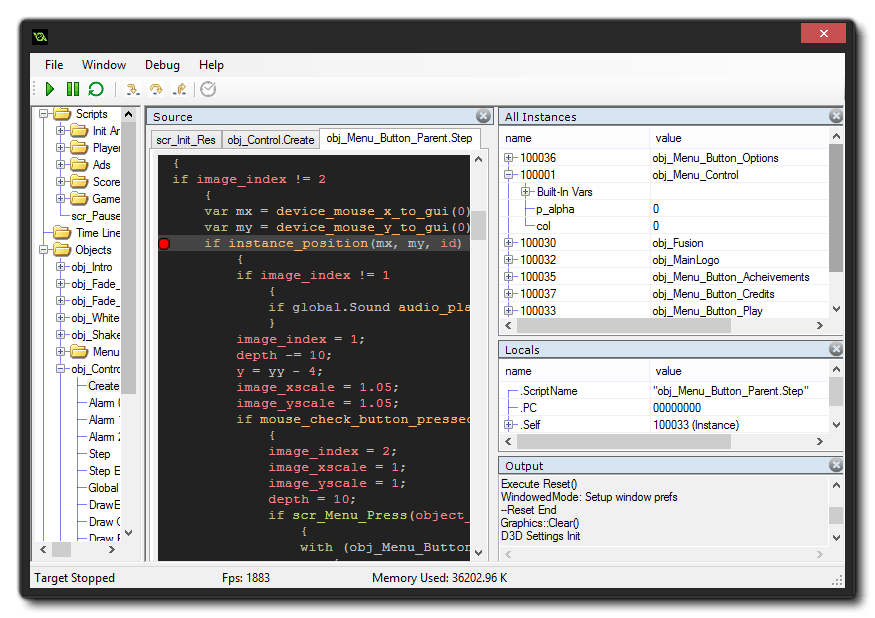HTML5 Game Debugging Made Easy: Tools and Tips for Developers
The advent of HTML5 has revolutionized the game development landscape, yielding a plethora of opportunities and challenges. Compared to traditional game development environments, HTML5 provides a more accessible framework for developers. However, this accessibility does not equate to simplicity, particularly when it comes to debugging. Debugging is a critical phase in game development, encompassing the identification and rectification of errors within the code. Failure to address these errors can culminate in a sub-optimal gaming experience, jeopardizing player engagement and satisfaction. This article seeks to elucidate the myriad tools and techniques available for HTML5 game debugging, fostering a nuanced understanding of this vital process.
Understanding the Importance of Debugging in Game Development
Debugging is not merely a phase to be slotted into the development lifecycle; it is an integral component shaping the player’s experience. Errors in code can lead to graphical glitches, logical discrepancies, and performance hiccups, directly impacting user engagement. Consequently, a comprehensive debugging strategy is paramount, ensuring that developers catch issues before they reach the end-user.
The importance of debugging transcends functionality; it also encompasses playability and user experience. A game afflicted with persistent bugs may result in frustration and disappointment for players. These adverse reactions can lead to negative reviews, decreased player retention, and ultimately diminished sales. The stakes are high in game development, making it essential for developers to adopt an astute approach toward debugging.
Acquainting Yourself with the Debugging Landscape
Other than traditional debugging practices, HTML5 is endowed with various sophisticated tools designed to facilitate the process. Understanding these tools not only sharpens debugging skills but also enhances overall development efficiency. A developer’s toolkit must include resources that can address unique HTML5 challenges, such as cross-browser compatibility and varying performance metrics across devices.
Utilizing the Chrome Developer Tools
For many developers, the Chrome Developer Tools (DevTools) represent the pinnacle of debugging resources. Built into the Google Chrome browser, DevTools offers a suite of utilities that streamline the debugging process. Among its myriad features, the Console tab is particularly valuable, providing a real-time feedback loop for JavaScript execution. Developers can watch for errors or warnings, and assess variable values instantaneously, fostering an enriched debugging experience.
Moreover, the Sources panel allows for precise step-through debugging. Developers can set breakpoints at specific lines of code to pause execution and analyze the state of the application. By stepping through the code, one can gain insights into the execution flow, enabling the identification of logical errors that may not be immediately apparent. This granular examination is invaluable, especially when dealing with asynchronous operations or timing-related bugs.
Another benefit of DevTools is its capacity to evaluate performance metrics. Games are resource-intensive, and understanding their performance can yield crucial optimizations. The Performance tab helps developers record and assess frame rates, identifying bottlenecks and assessing rendering time. Armed with this knowledge, developers can make informed decisions to enhance overall gameplay performance.
Incorporating Version Control: The Role of Git
As games evolve, so does their corresponding codebase, leading to a labyrinth of changes and iterations. This is where version control systems, particularly Git, come into play. Utilizing Git enables developers to maintain a clear history of changes. In the event of a newly introduced bug, reverting back to a previously stable state can be executed with ease. This not only simplifies the debugging process but also instills a sense of confidence in experimenting with new features.
The integration of version control extends its influence beyond debugging. Continuous integration (CI) and continuous deployment (CD) pipelines allow for seamless testing and iterative development. Automated tests can be executed with each code commit, generating immediate feedback on the integrity of the application. This proactive approach to debugging can lead to diminished production timelines and enhanced code quality.
Leveraging External Debugging Libraries
Beyond the native tools provided by browsers, developers can enhance their debugging experience through third-party libraries. One such notable library is p5.js, which simplifies the creation of graphical and interactive applications. p5.js includes debugging functionalities, offering valuable feedback about errors occurring during runtime. This can be especially useful in complex animations or physics-based interactions, where traditional debugging may prove cumbersome.
User experience can also benefit from debug libraries like log4javascript, which provides robust logging capabilities. By logging messages contextually, developers gain visibility into application behavior, leading to more efficient debugging sessions. These libraries function as vital extensions, enriching the debugging toolkit available to developers.
Adopting Best Practices for Syntax and Logic
To mitigate the occurrence of bugs, developers should adhere to stringent coding practices. This includes maintaining clean, well-documented code. Code comments serve as navigational aids, allowing developers to understand the logic underpinning their creations. Additionally, utilizing a consistent coding style enhances readability, which is paramount during the debugging process.
Employing modular programming techniques encourages separation of concerns, allowing developers to isolate problematic components more easily. Creating smaller, self-contained functions that accomplish specific tasks can simplify both development and debugging. By adhering to these best practices, developers can significantly reduce the frequency of bugs and cultivate an efficient debugging workflow.
The Promise of Asynchronous Debugging Techniques
As modern games often leverage asynchronous programming to enhance performance, mastering this paradigm is crucial. JavaScript Promises, async/await syntax, and callbacks allow for non-blocking operations, which can lead to more responsive applications. However, with these enhancements come complexities, particularly in error handling.
Incorporating dedicated error-handling strategies, such as catch blocks with Promises, can facilitate debugging asynchronous code. The utilization of tools like Sentry can provide real-time error monitoring, enabling developers to capture exceptions as they arise in production environments. This access to insightful feedback fosters continuous improvement and agile response to user-reported issues.
Fostering a Debugging Mindset: Learning from Failures
The most important aspect of debugging is the mindset a developer adopts toward failure. Each debugged failure is an opportunity for learning and growth. Embracing this philosophy allows developers to cultivate resilience and curiosity, transforming obstacles into stepping stones toward mastery.
With each bug resolved, developers advance not only in their technical capabilities but also in their understanding of the intricate interplay between code and user experience. This nuanced perspective will drive innovation in designing more engaging and immersive gaming experiences.
Conclusion: The Path Forward in HTML5 Game Development
In conclusion, the realm of HTML5 game debugging is brimming with opportunities for developers willing to embrace the multitude of tools and techniques available. Near-comprehensive familiarity with debugging tools such as Chrome Developer Tools, the integration of version control systems like Git, and the implementation of best coding practices can significantly bolster debugging efficacy.
When approached with a curious and resilient mindset, the complexities of debugging transform from daunting challenges into enriching learning experiences. In nurturing a culture of continuous improvement, developers are not just fixing bugs; they are actively contributing to the evolution of HTML5 game development.
As the industry progresses, the integration of advanced debugging methodologies will continue to unlock the full potential of HTML5, paving the way for a new generation of compelling games that captivate players around the globe.



